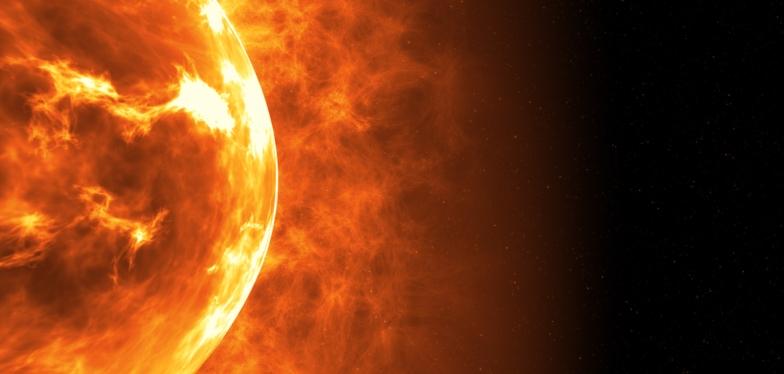
In February, the European Space Agency (ESA) successfully launched Solar Orbiter into orbit around the sun from Cape Canaveral in Florida. The probe should transmit images of the north and south poles of our main star. This can help us better understand if, how and when solar flares affect space weather. They are caused by the sudden release of energy from the magnetic field of the sun which disrupts radio signals or navigation equipment, or our daily lives as indicated above.
Our satellites and telescopes on earth are not suitable enough to study in depth the solar surface and all the characteristics of this space weather. It doesn’t even work from Hawaii’s new solar observatory. On the other hand, Solar Orbiter, has sensors on board to observe both its immediate environment and the sun directly thanks to its adapted heat shield.
To accomplish its missions, the probe is equipped with a telescope developed by the Royal Observatory of Belgium and the Space Center of Liège and was launched with a launcher derived from a rocket designed by a Belgian in the 1950s.



No comment yet, add your voice below!